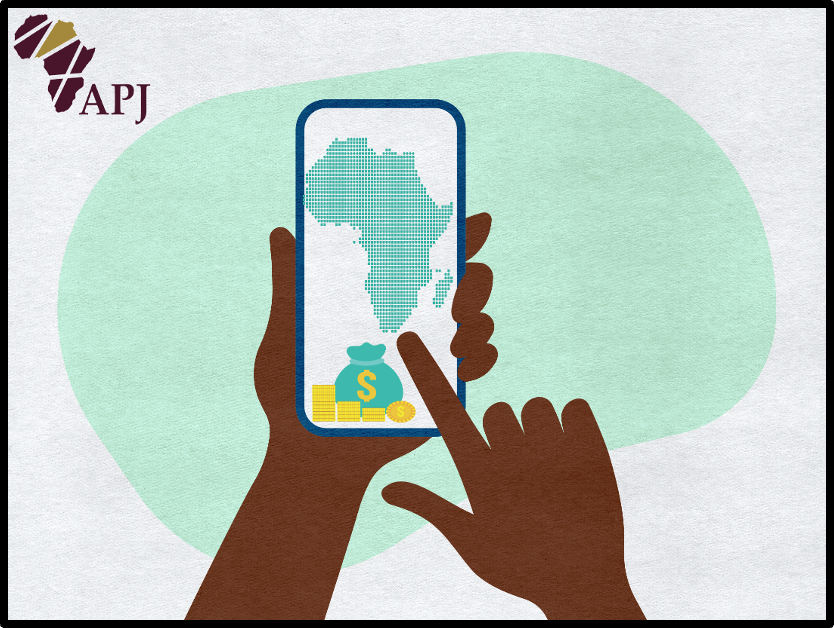Improving the performance of enterprises is crucial for developing countries in general and African countries in particular. African countries are characterized by a large number of enterprises that contribute to their achievement of sustainable development goals by creating jobs, accelerating industrialization, increasing economic growth, and improving the well-being of populations.
However, enterprise performance is generally poor due in particular to their difficulty in having access to affordable financing services. This difficulty hinders their export performance as well as an increase in the turnover of those enterprises that manage to stay in business. Financial inclusion through banks and microfinance enables those enterprises that find it difficult to secure funding from the traditional banking institutions to have access, at a lower cost, to a whole range of financial products and services.
The emergence of innovations in both products/services and delivery mechanisms, made possible by the mobile revolution, makes financial innovation essential for the effectiveness of financial inclusion. Mobile money is the most reliable of them in terms of improving enterprise performance. The use of mobile money by enterprises varies with the sector of activity, but it is mainly used in retail as a means of paying customers in order to improve their performance.
The most notable experience is that of the M-Pesa in Kenya which is used for both domestic and international transactions. Kenya and some other African countries like Ghana and Tanzania have witnessed a rapid development of microcredit services by mobile network operators especially for the benefit of SMEs. In Cameroon, by contrast, efforts to open up banks for the benefit of SMEs have only been made by the government in 2015. Mobile money is used by enterprises to pay their employees, suppliers, (water, electricity, telephone, television) bills, and to receive payments from customers in order to improve their performance without the possibility of microcredit services.
Using bank finance and microfinance services with mobile money will increase enterprises’ overall and sectorial turnover
Results show that effects on the overall turnover of the average treatment effect regarding the use of the twin microfinance-mobile money services were found to be positive, but they were found to be negative for the use of the twin bank finance_mobile money services. However, the average treatment effect on treated for the use of the bank finance_mobile money services on the turnover was positive: the enterprises’ use of the bank finance_mobile money services was found to contribute to increasing their overall turnover by about 0.46 points. The average treatment effect on treated for the turnover of the enterprises in the manufacturing and services sectors was negative while that of the retail sector was positive in relation to their use of the microfinance-mobile money services. The turnover for the manufacturing sector was positive while both the turnover of the retail sector and that of the services sector were negative in relation to their use of the bank finance_mobile money services.
Why enterprises should use bank finance and microfinance services in association with mobile money to increase their sectorial turnover?
The positive effect of using the twin bank finance_mobile money services, compared to the negative effect of using the twin microfinance_mobile money services, on the turnover of the enterprises in the manufacturing and services sectors can be explained by the fact that traditional banking services are more appropriate than microfinance services in terms of minimizing costs and increasing the operations of the enterprises concerned. In addition, the opposite effects observed between the two types of services for the retail-sector enterprises can be explained by the fact that these enterprises are small in size and easily use mobile money services in their operations.
The positive average treatment effect on treated for the use of microfinance-mobile money services rather than the use of bank finance_mobile money services was also observed by Kimani (2015) and can also be explained by the practical use of microfinance and mobile money services by the enterprises for their operations. These findings are consistent with those made by Islama et al. (2016), Ubi and Mba (2019), and Talom and Tengeh (2019). This is because these studies stress the importance of liberalizing the microfinance sector for the benefit of the GSM operators.
Policy Implications – liberalize mobile money services
In light of these findings, the study recommends a liberalization of the financial sector in Cameroon for the benefit of mobile money network operators so that they can also offer microfinance services, as happens in Ghana and Kenya for increasing the performance of enterprises. The liberalization of mobile money services can help in the fight against COVID-19 by reducing the influxes of per-to-person financial transactions and reducing the use of coins and banknotes which are vectors of the virus spread.
